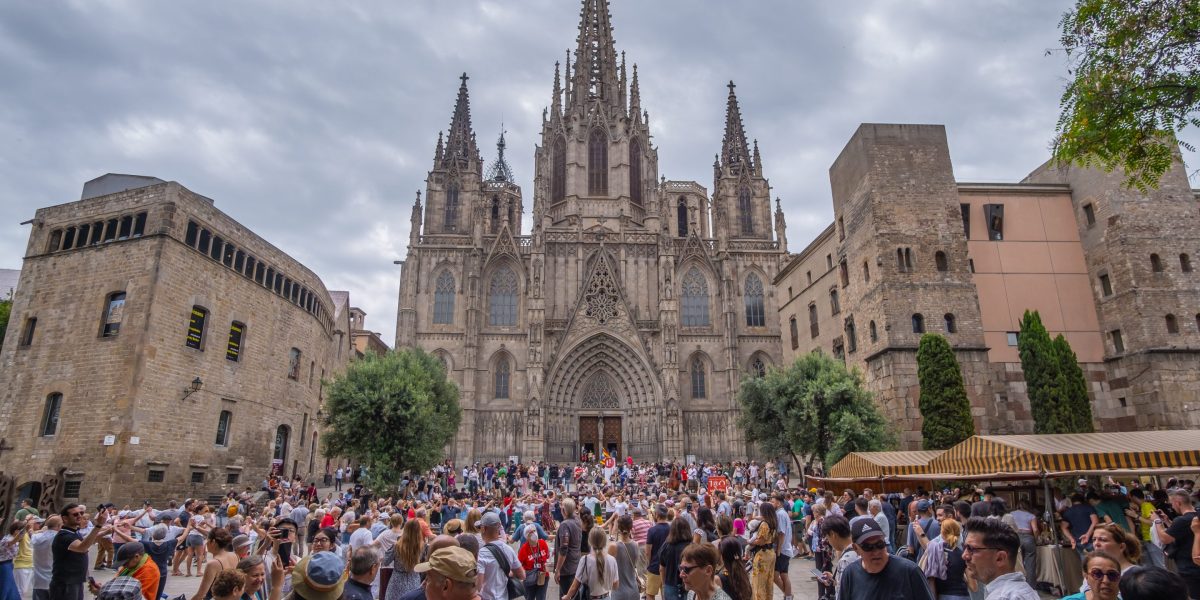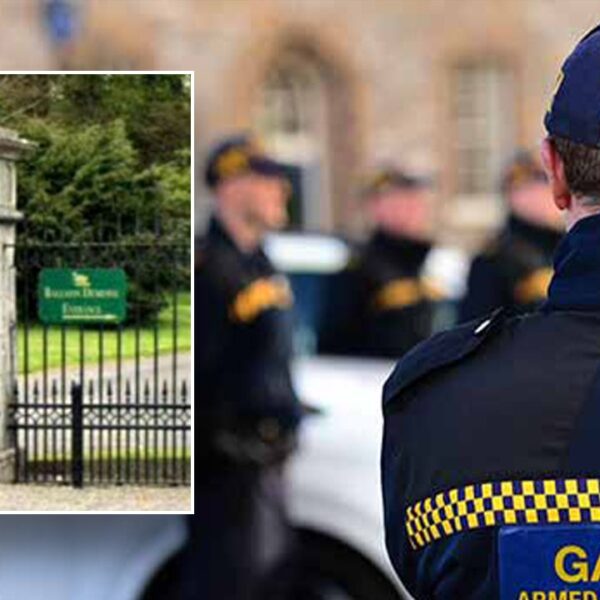

Europe has long been home to destinations that offer people all types of touristic experiences—from adventure to beach-side leisure and historic tours.
That has made it a museum of the world, attracting visitors from across the globe and at a rate that’s been growing somewhat constantly, barring the COVID-19 blip.
Now, we’re living at a time where overtourism has taken hold of Europe’s most popular cities. Anti-tourism protests have gripped Spain over the past few weeks with activists taking to the streets and squirting visitors with water pistols.
Does this come as a surprise? Maybe to a few because it’s still relatively uncommon to see locals take to the streets to protest tourism. However, academics predicted that tourism would reach this point long before it made headlines.
One of the earliest models explaining this was by George Doxey, who developed the so-called “Irritation Index” (or “Irridex”) model in 1975. He suggested that when a place starts welcoming tourists with euphoria, but as their numbers increase, the sentiment evolves into apathy and irritation. The final stage—which we see signs of now—is antagonism towards tourists.
The sentiment turns negative in response to a deteriorating quality of life among locals, such as when affordable housing becomes out of reach. City authorities are responding to this by curbing tourists subtly through additional charges and caps on short-term rental facilities, as the number of visitors since the COVID-19 pandemic restrictions eased has jumped.
This approach has been more reactive than preemptive. It’s also true of cities that once desired tourists, but when that happened, they didn’t know how to restrict them. Barcelona, for instance, wasn’t on the map until the 1990s when it hosted the Summer Olympics. It is now among Europe’s most visited cities and is where much of the recent tourism backlash is centered.
“The main reason is the places that are experiencing overtourism are places that didn’t take measures to prevent it happening years and years ago,” said Richard Butler, emeritus professor in hospitality and tourism management at the University of Strathclyde, who has studied tourism trends in Europe.
To be sure, mass tourism isn’t just the fault of authorities, visitors or support services alone. Enabled by affordable travel, it’s been a force for good by creating jobs, promoting cultural exchange and generating revenue for city councils.
“One thing that tends to get forgotten in the overtourism clamor is that locals are a part of it. They have been, at some point, willing participants in this,” he told Fortune. “It doesn’t mean they have to experience all the litter, garbage [and] noise disturbance that they’re experiencing now. But they’re not entirely blameless.”
Butler thinks that locals’ sentiments can’t be boxed into one type or the other, as their emotions could be different depending on their exposure to tourists. For instance, a souvenir shop owner may think differently about tourism than the residents of a popular neighborhood.
“There are people who hate tourism and want to see it all go, there are people who want to see more tourism, and there’s the mass in the middle who are a bit pissed off with some aspects of tourism but see it has value or money,” he said.
A model he devised, Butler’s Life Cycle, examines tourism’s impact on a destination in various stages. As tourists find a place, it starts developing and growing to support many visitors. Ultimately, it hits a stagnation point as the tourist count has peaked. From that point on, it’s up to the city to chart the path forward, either resulting in a decline in tourism or a rejuvenation with more investments and attractions.
“What we’re seeing now is not so much tourists not going because it’s crowded as locals resenting it because it’s too crowded. You’re going over whatever is the ‘limit,’” he said.
Does that mean tourism needs to stop growing altogether? Not really. In fact, if it halts, it’ll probably be seen as a “warning” of sorts, Butler said. Instead, there needs to be more dialogue to find a balance between what kind of tourists residents are comfortable with while continuing to bring in money for local businesses and the tourism industry.
“Tourism is a mixed blessing. It does bring all the money, it does bring disturbance,” Butler said.















